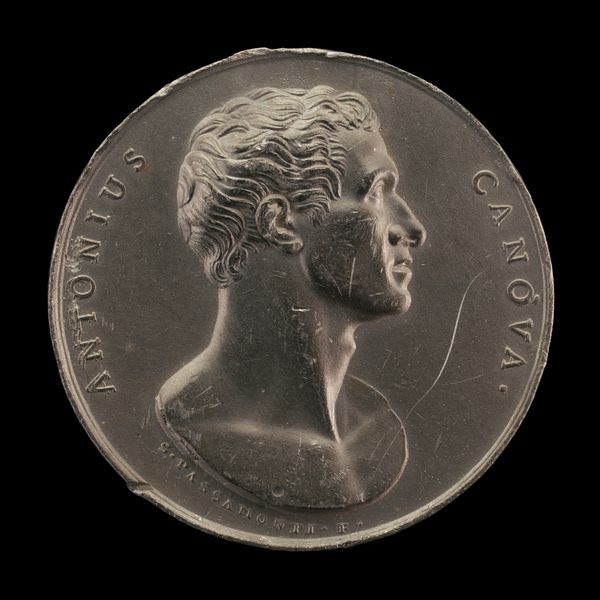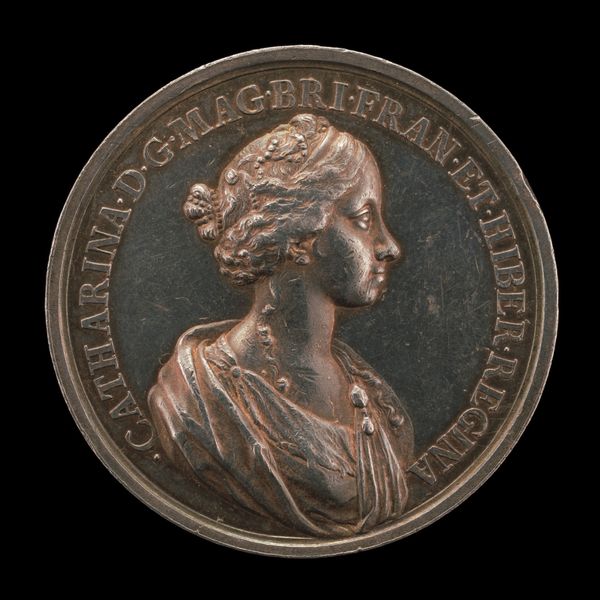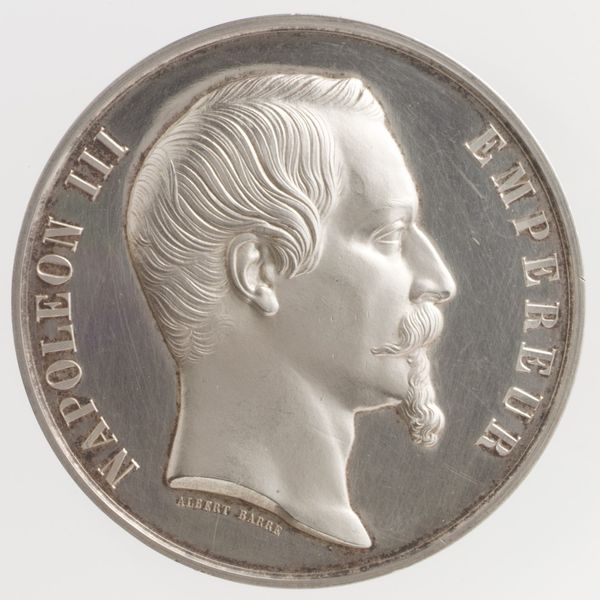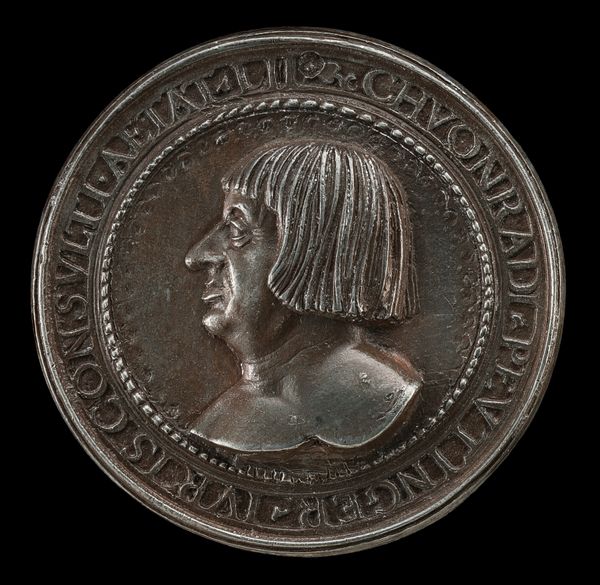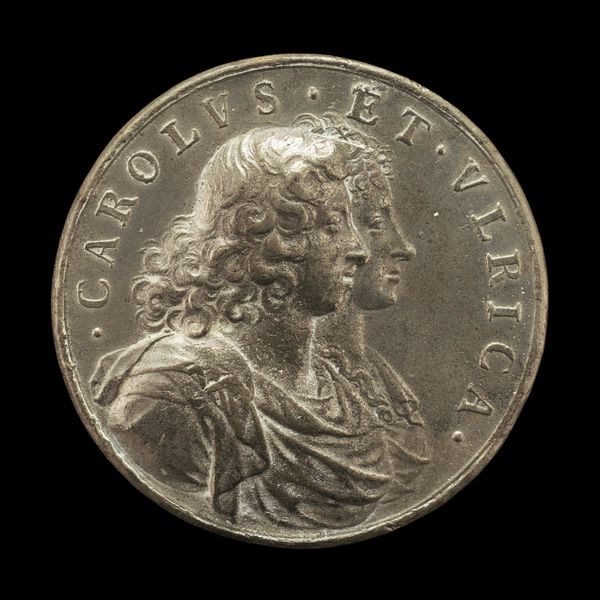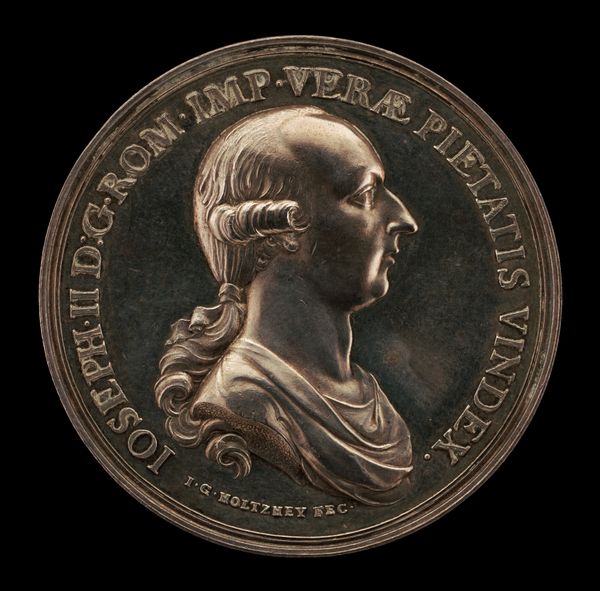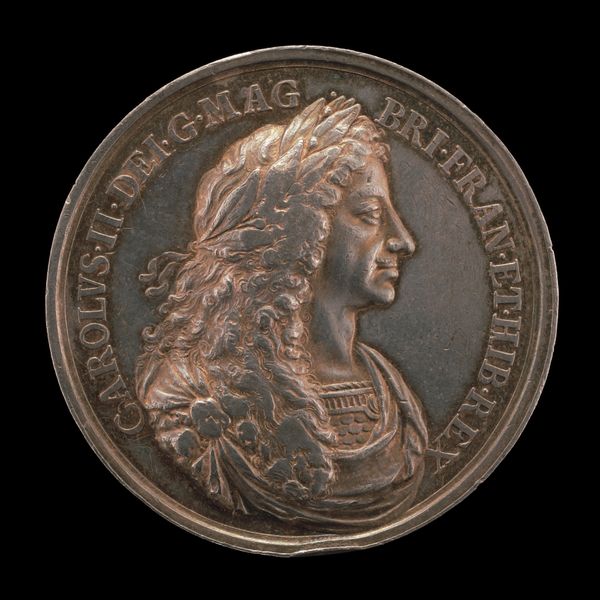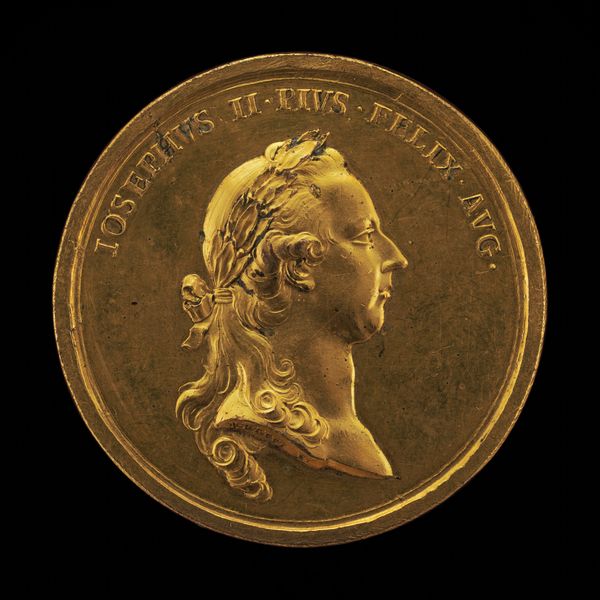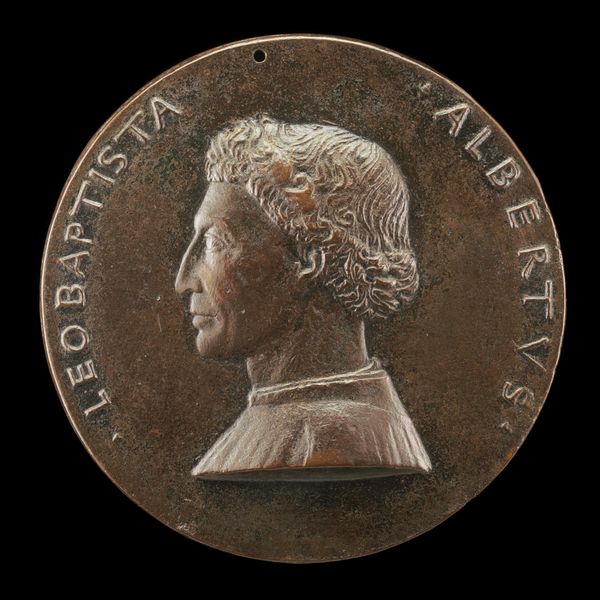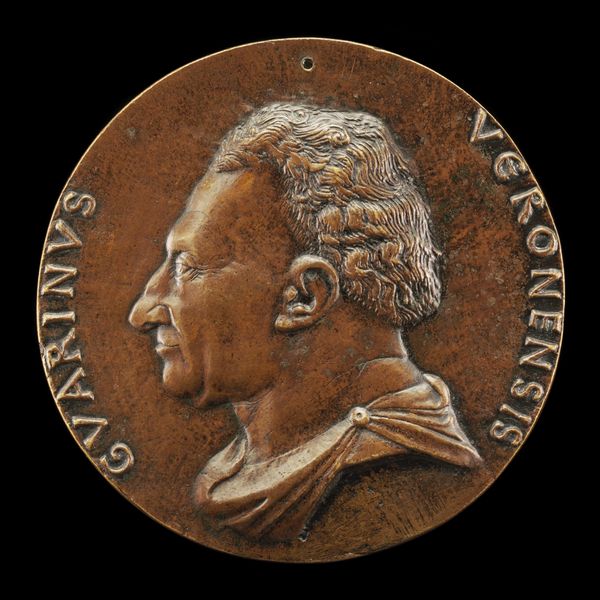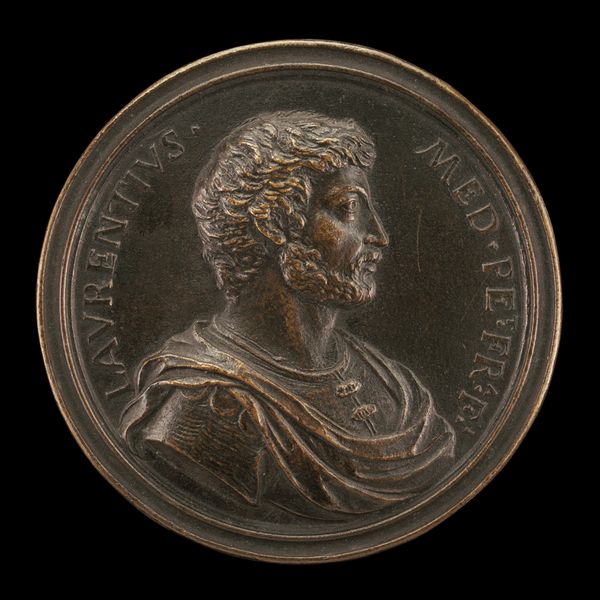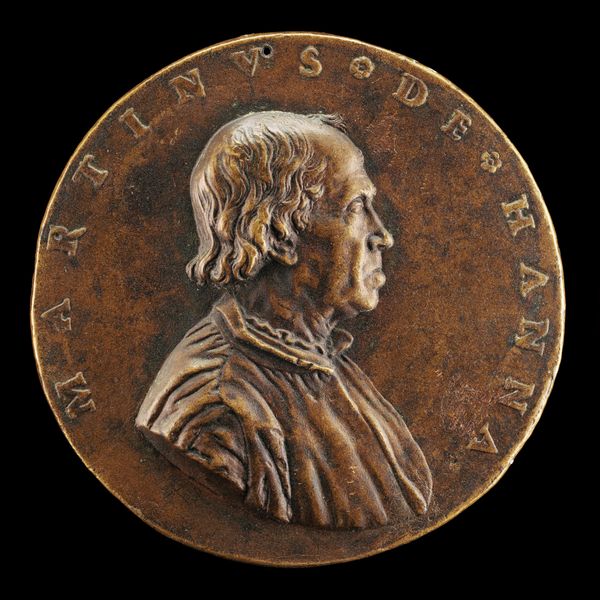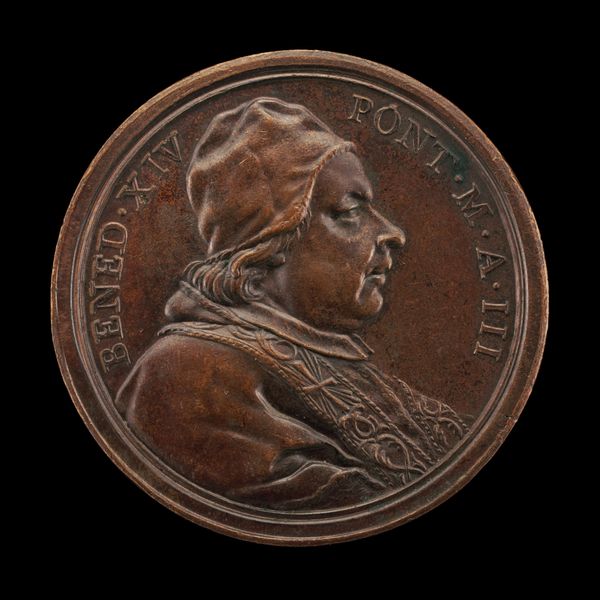![George Washington Inaugural Centennial Medal [obverse] by George Hampden Lovett](/_next/image?url=https%3A%2F%2Fd2w8kbdekdi1gv.cloudfront.net%2FeyJidWNrZXQiOiAiYXJ0ZXJhLWltYWdlcy1idWNrZXQiLCAia2V5IjogImFydHdvcmtzLzM5MmZlMGZkLWY1YjItNGY4NC1iNDg2LTIzOGFhNjM1NzQwNi8zOTJmZTBmZC1mNWIyLTRmODQtYjQ4Ni0yMzhhYTYzNTc0MDZfZnVsbC5qcGciLCAiZWRpdHMiOiB7InJlc2l6ZSI6IHsid2lkdGgiOiAxOTIwLCAiaGVpZ2h0IjogMTkyMCwgImZpdCI6ICJpbnNpZGUifX19&w=3840&q=75)
George Washington Inaugural Centennial Medal [obverse] 1889
0:00
0:00
Dimensions: overall (diameter): 3.97 cm (1 9/16 in.)
Copyright: National Gallery of Art: CC0 1.0
Editor: This is George Hampden Lovett’s "George Washington Inaugural Centennial Medal," made of metal in 1889. It's striking how neoclassical it feels, even a century after Washington's time. What statement do you think the artist was trying to make with it? Curator: It’s interesting to consider this medal as more than just a commemorative object, and to consider it as a cultural artifact embedded within power dynamics. In 1889, who was crafting the narrative of Washington, and for whom? We can analyze the neoclassical style, the deliberate referencing of ancient empires, to see how the ideals of leadership, authority, and nationhood were being constructed and reinforced at that time. It begs the question, what was being left out of that narrative? Editor: So you're saying the artist's choices about style and imagery reflect broader social and political forces? Curator: Precisely. The use of neoclassical imagery links Washington to a lineage of power – the Roman Republic, for instance. This stylistic decision wasn’t neutral; it actively shaped perceptions of early American leadership, likely reaffirming the then current established power structures at the time, mostly run by white men. Consider whose voices were marginalized or absent in this portrayal. Does this image promote inclusion and belonging or does it define a more narrow scope of leadership in America? Editor: I never considered how a commemorative object could also be a tool for reinforcing particular ideologies. Curator: And what happens when we question the values and perspectives that underpin those ideologies? It opens up space for a more critical understanding of history and its continued impact on the present. What does this image evoke in you as a young student today? Editor: It makes me realize how important it is to critically examine the narratives we inherit. There’s more than meets the eye when it comes to historical portraiture. Curator: Absolutely. The medal prompts us to consider how representations of power and history evolve, and how they continue to shape our understanding of ourselves and our society.
Comments
No comments
Be the first to comment and join the conversation on the ultimate creative platform.
